Migraine-Free Living: The Role of Nutrition, Lifestyle, and Supplements
There is simply no denying the fact that migraine and headache sufferers deal with a health concern that carries significant quality-of-life implications.
In 2018, the acclaimed Lancet journal published a review paper identifying migraines as worthy of greater public health attention and scientific research allocation - suggesting it is a significant global concern in both genders and age groups.
Point taken.
In today’s article, my goal is to actionably summarize the best and most recent scientific evidence around the role of nutrition, lifestyle, and supplementation strategies that have demonstrated potential to help migraine sufferers.
Let’s see what I found!
Step 1: Rethink Your Diet As A Whole
Although there is no clear “best” diet for people who suffer from migraines, a growing body of evidence suggests that one’s dietary pattern is connected to migraine frequency and severity.
Research shows that people with diets that are any of:
May get a kickback in terms of a reduction in the frequency and severity of their migraine.
Do any of the above resonate with you?
Are you able to seek out professional support to bring these styles of eating to life?
That would be an exceptional starting point.
It’s not just what you eat that helps, though.
I’ve seen a good deal of chatter suggesting that consistency in a daily routine around food and other behaviors may be beneficial, with skipping meals being identified as a migraine trigger in 57% of respondents.
Step 2: Optimize Your Omega-3 Levels
The research and writing process of my recent Foodguides.com piece on Omega-3s forced me to re-think what it means to optimize one’s omega-3 levels.
What I now understand it to mean is edging towards a daily intake of 1- 1.5 grams of combined EPA/DHA – which is only possible via supplementation or regular consumption of fatty fish (75-100 grams per day or 500-700 grams per week).
If you want to understand the nuance behind why, do read that post.
Recent work in the British Medical Journal has suggested that when people increase their omega-3 intake to this level, their migraines become less frequent and severe.
It goes deeper than this, considering the fact that stress is generally the most frequently reported migraine trigger and that omega-3 supplementation has been demonstrated to improve the human stress response.
A diet rich in prebiotic and fermented foods also has stress-reducing potential, as I explored recently for Foodguides.
Although more research will be required to confirm these findings, there is little doubt in my mind that a significant benefit exists for those who get the right amount of EPA/DHA in their diet.
Step 3: Try Relaxation Practices Like Acupuncture Or Yoga
For those willing and able to access it, acupuncture appears to be an effective complementary strategy to help with migraine.
The Cochrane Library, known to be very cautious in making positive conclusions from research, supports the notion that acupuncture (minimum six sessions) can reduce the number of migraine days by as much as 2.5 per month.
If acupuncture isn’t an option, yoga could be a good alternative.
Emerging evidence suggests yoga practice could help migraine sufferers. When we consider it as a relaxation practice, knowing that stress is a huge migraine trigger, there is certainly some promise.
You don’t need to attend a fancy class either; an at-home session on YouTube should do.
Yoga not your thing?
Aerobic activities like walking, biking, jogging, and swimming may also reduce monthly migraine frequency.
Step 4: Be Smart With Supplements
Several supplements have attracted scientific attention for migraine mitigation, but in terms of quality and evidence, a few stand above the rest.
As per Canadian Family Physician, these are:
CoQ10 – 100mg, 3x daily
Magnesium Citrate - 300mg, 2x daily
Riboflavin (B2) – 400mg, 1x daily
Other popular supplements like curcumin, melatonin, and probiotics have been studied in a limited capacity. As such, it is difficult to make strong recommendations for their use – although if these supplements are on your radar to help with other concerns, there is some potential for them to contribute positively to migraine management, too!
- GBD 2016 Headache Collaborators (2018). Global, regional, and national burden of migraine and tension-type headache, 1990-2016: a systematic analysis for the Global Burden of Disease Study 2016. The Lancet. Neurology, 17(11), 954–976.
- Huang, H., & He, K. (2023). The association between dietary fiber intake and severe headaches or migraine in US adults. Frontiers in nutrition, 9, 1044066.
- Ghoreishy, S. M., Askari, G., Mohammadi, H., Campbell, M. S., Khorvash, F., & Arab, A. (2022). Associations between potential inflammatory properties of the diet and frequency, duration, and severity of migraine headaches: a cross-sectional study. Scientific reports, 12(1), 2878.
- Tereshko, Y., Dal Bello, S., Di Lorenzo, C., Pez, S., Pittino, A., Sartor, R., Filippi, F., Lettieri, C., Belgrado, E., Garbo, R., Merlino, G., Gigli, G. L., & Valente, M. (2023). 2:1 ketogenic diet and low-glycemic-index diet for the treatment of chronic and episodic migraine: a single-center real-life retrospective study. The journal of headache and pain, 24(1), 95.
- Seng, E. K., Gosnell, I., Sutton, L., & Grinberg, A. S. (2022). Behavioral Management of Episodic Migraine: Maintaining a Healthy Consistent Lifestyle. Current pain and headache reports, 26(3), 247–252.
- Pescador Ruschel, M. A., & De Jesus, O. (2023, February 13). Migraine Headache. In StatPearls [Internet]. Treasure Island (FL): StatPearls Publishing.
- Ramsden, C. E., Zamora, D., Faurot, K. R., MacIntosh, B., Horowitz, M., Keyes, G. S., Yuan, Z. X., Miller, V., Lynch, C., Honvoh, G., Park, J., Levy, R., Domenichiello, A. F., Johnston, A., Majchrzak-Hong, S., Hibbeln, J. R., Barrow, D. A., Loewke, J., Davis, J. M., Mannes, A., … Mann, J. D. (2021). Dietary alteration of n-3 and n-6 fatty acids for headache reduction in adults with migraine: randomized controlled trial. BMJ (Clinical research ed.), 374, n1448.
- Madison, A. A., Belury, M. A., Andridge, R., Renna, M. E., Rosie Shrout, M., Malarkey, W. B., Lin, J., Epel, E. S., & Kiecolt-Glaser, J. K. (2021). Omega-3 supplementation and stress reactivity of cellular aging biomarkers: an ancillary substudy of a randomized, controlled trial in midlife adults. Molecular psychiatry, 26(7), 3034–3042.
- Linde, K., Allais, G., Brinkhaus, B., Fei, Y., Mehring, M., Vertosick, E. A., Vickers, A., & White, A. R. (2016). Acupuncture for the prevention of episodic migraine. The Cochrane database of systematic reviews, 2016(6), CD001218.
- Wu, Q., Liu, P., Liao, C., & Tan, L. (2022). Effectiveness of yoga therapy for migraine: A meta-analysis of randomized controlled studies. Journal of clinical neuroscience: official journal of the Neurosurgical Society of Australasia, 99, 147–151.
- Lemmens, J., De Pauw, J., Van Soom, T., Michiels, S., Versijpt, J., van Breda, E., Castien, R., & De Hertogh, W. (2019). The effect of aerobic exercise on the number of migraine days, duration and pain intensity in migraine: a systematic literature review and meta-analysis. The journal of headache and pain, 20(1), 16.
- Becker, W. J., Findlay, T., Moga, C., Scott, N. A., Harstall, C., & Taenzer, P. (2015, August 1). Guideline for primary care management of headache in adults. The College of Family Physicians of Canada.


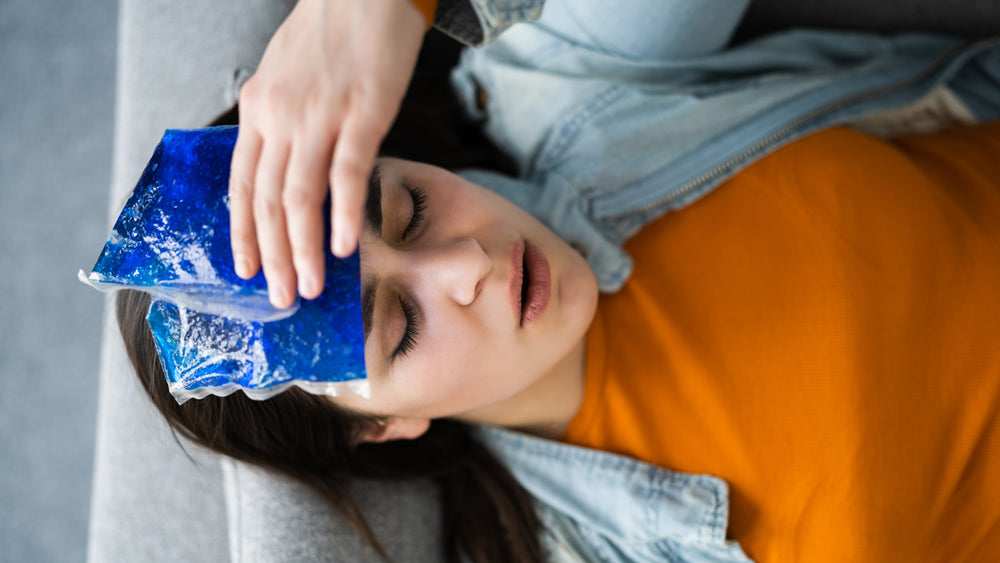
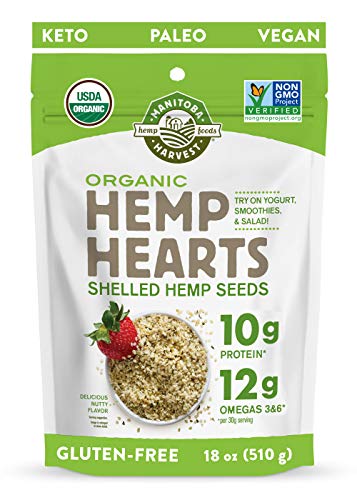
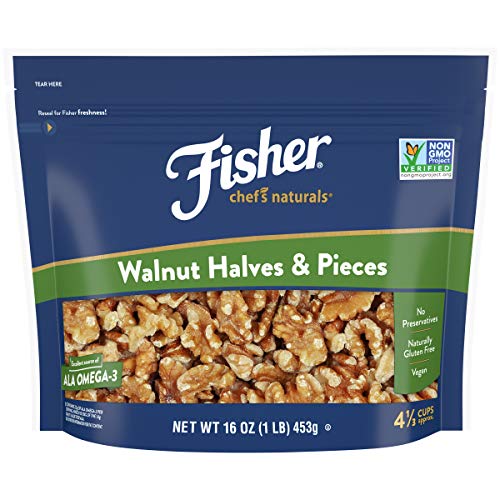
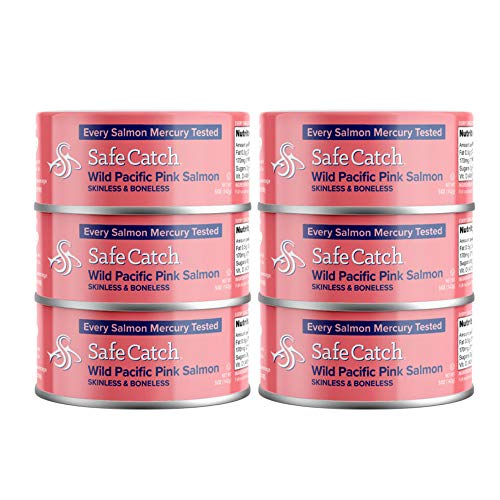



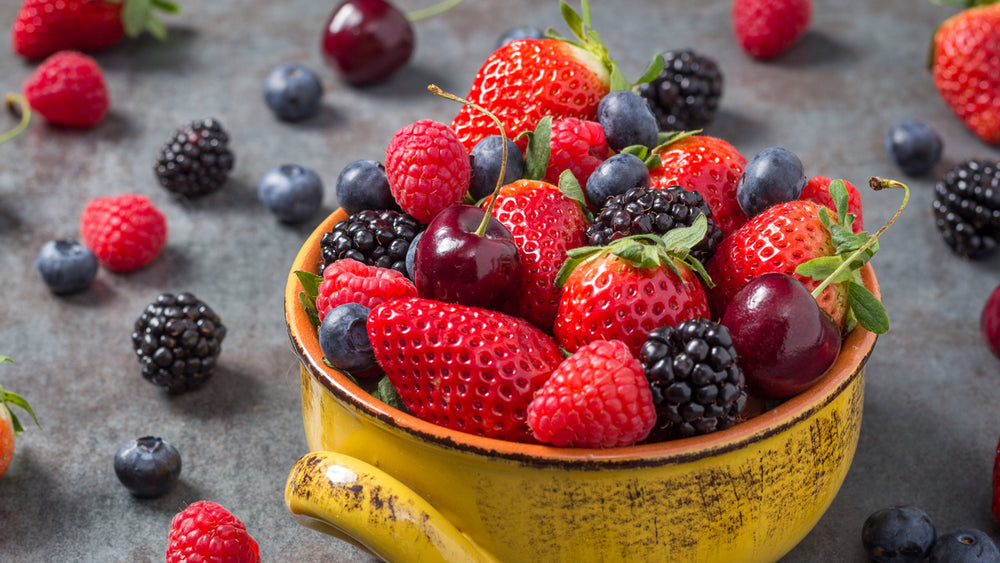










Comments
Join The Conversation...